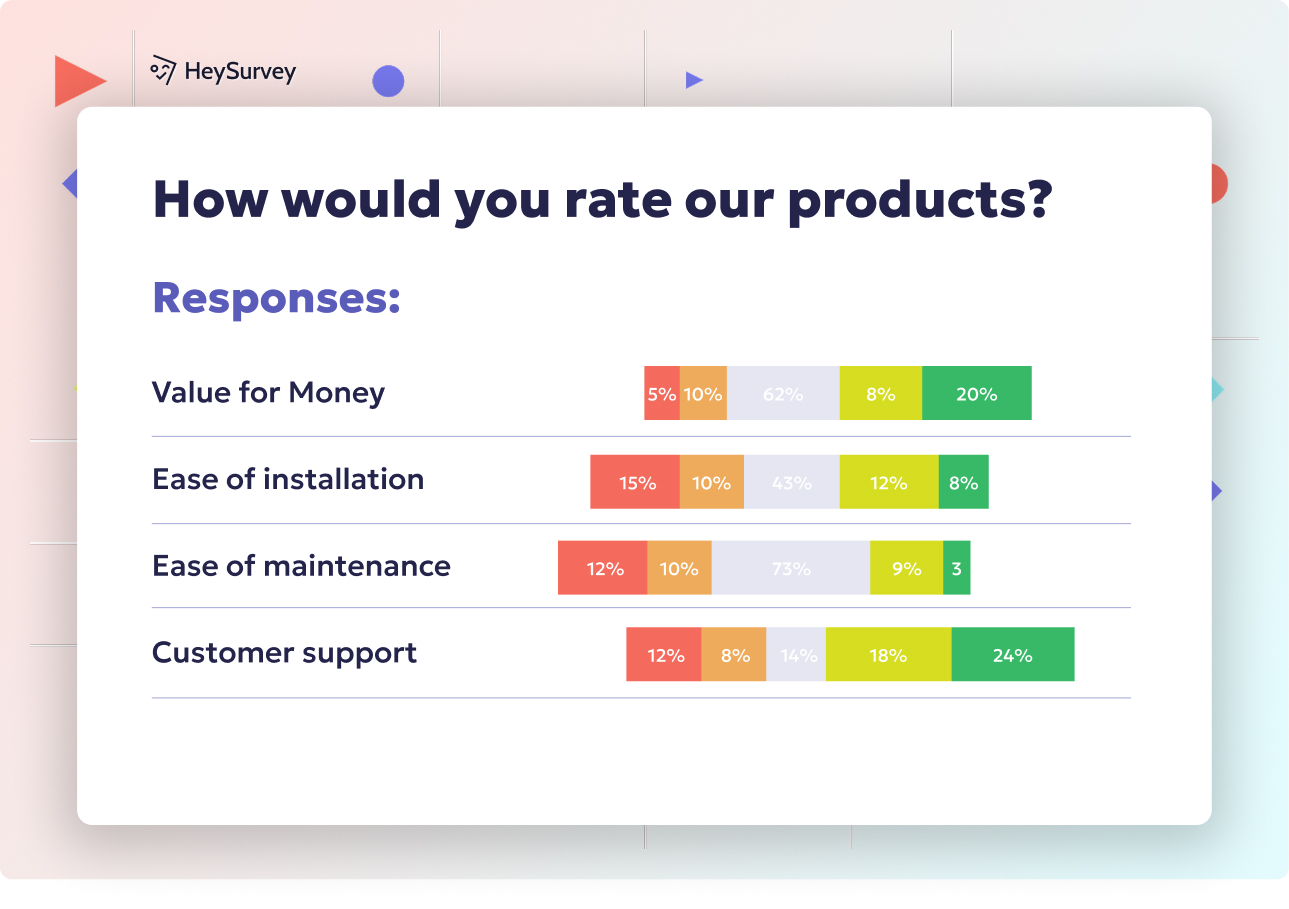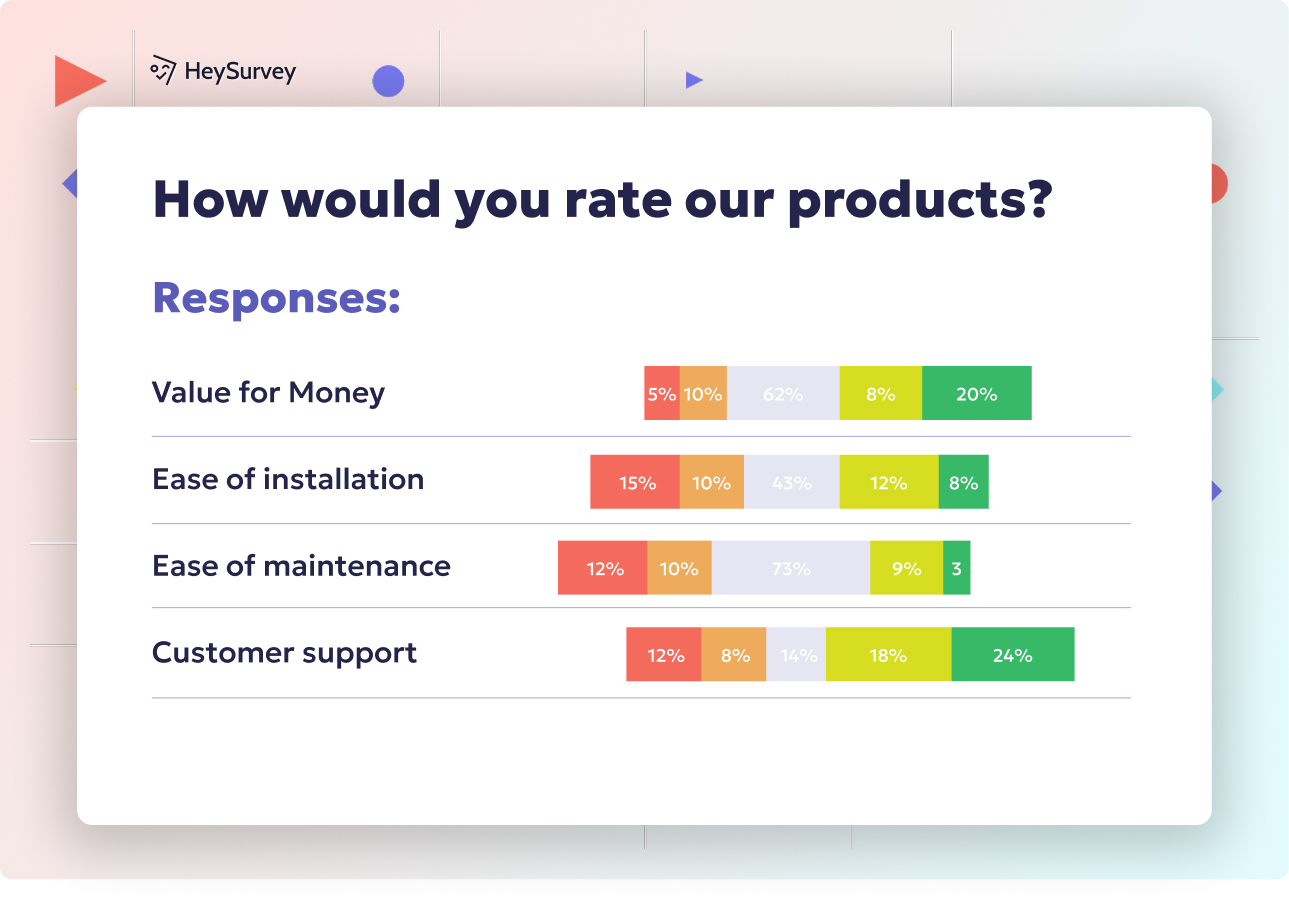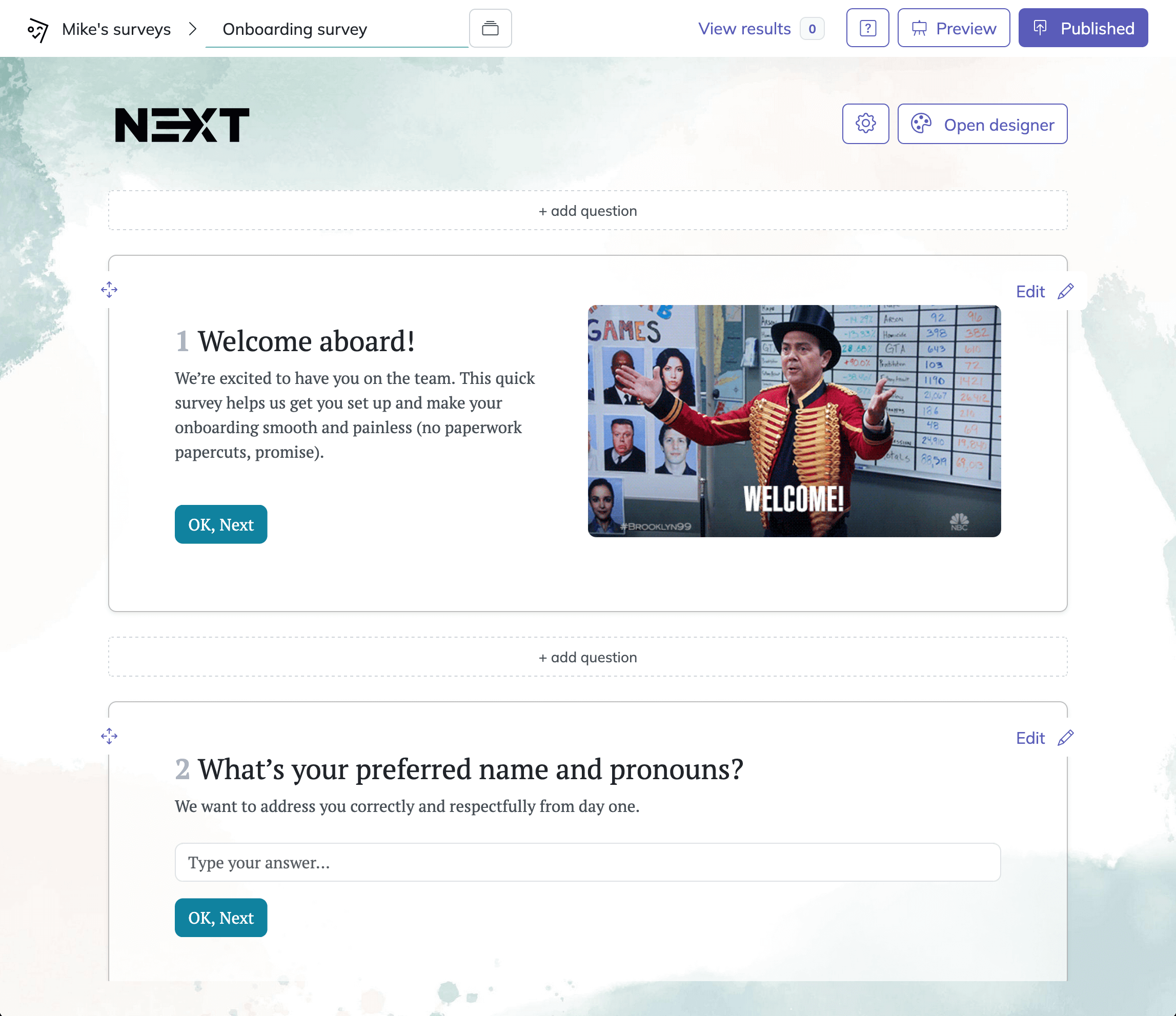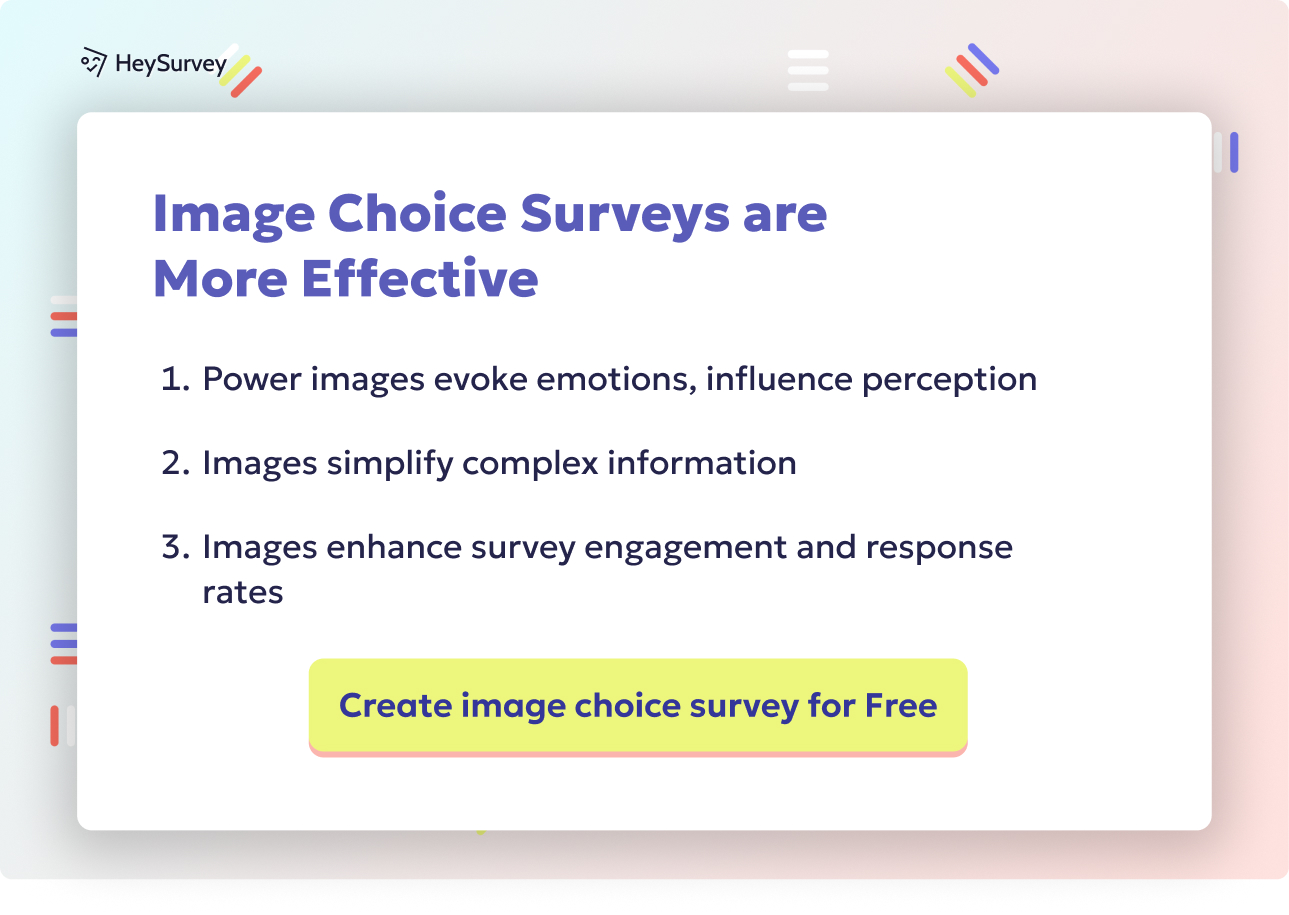31 Compensation Survey Example Questions to Optimize Pay
Explore 27 compensation survey example questions across 8 proven survey types for benchmarking pay, boosting satisfaction, and optimizing rewards.
Compensation survey questions are the secret sauce behind organizations that attract, engage, and retain amazing talent. These questions go way beyond asking, “Are you happy with your paycheck?” They dig into base pay, variable incentives, benefits, and even elusive equity grants. When used smartly, compensation surveys support crucial business goals like pay equity compliance, talent retention, budgeting, and competitive benchmarking. Whether it’s annual pay-review time, a post-merger reshuffle, a rapid hiring spree, or breaking into a new region, there’s a survey type for it—each one fine-tuned to lift your total rewards game.
Base Salary Satisfaction Survey
What It Is & Ideal Audience
A base salary satisfaction survey zooms in on how employees feel about their regular pay. This type of survey includes everyone from entry-level hires to senior leaders. The feedback you capture shapes smart compensation decisions, anchors pay policies in reality, and fights awkward salary conversations before they start.
Send out this survey ahead of your annual merit cycle; it’s ideal for identifying pain points before people start dusting off their LinkedIn profiles. You’ll easily spot departments where salary compression lurks, or where top performers are quietly frustrated about falling behind the market.
Why & When to Use
Use these surveys when you want to:
- Gauge day-to-day pay satisfaction ahead of annual reviews.
- Pinpoint departments or roles wrestling with pay compression.
- Prepare for competitive market analysis or budgeting.
Fresh insight from employees lets you tailor merit increases, prioritize underpaid groups, or overhaul salary bands. Early feedback means fewer surprises and smoother HR-planning.
Sample Questions
How satisfied are you with your current base salary compared with your job responsibilities?
Do you feel your base pay is competitive with similar roles in the market?
How transparent is our organization about salary ranges?
How fair is the process used to determine salary increases?
What one change would improve your satisfaction with base pay?
Would you recommend our organization’s base pay practices to a friend seeking similar work?
How well does your salary reflect changes in your role or workload over time?
With these compensation survey questions, you start real conversations about pay with employees. Not only do you uncover hidden concerns, but you also spark ideas for meaningful improvements.
A comprehensive model of compensation satisfaction includes seven dimensions: pay level, pay structure, pay raises, variable pay procedures, benefit level, benefit determination, and benefit administration. (researchgate.net)

Creating a compensation survey with HeySurvey is as easy as pie—even if you’re new to the platform. Here’s a quick 3-step guide to get you from zero to published survey in no time. Feel free to start by opening a compensation survey template below the instructions and then follow along!
Step 1: Create a New Survey
- Head over to HeySurvey and click Create New Survey.
- Choose whether you want to start with an Empty Sheet to build from scratch or pick a Pre-built Template designed for compensation surveys.
- Give your survey an internal name so you can easily find it later.
- Voilà! Your survey workspace, aka the Survey Editor, is ready for action.
Step 2: Add Your Compensation Survey Questions
- Click the Add Question button at the top or between existing questions.
- Choose your question type (text, choice, scale, etc.) based on the need.
- Type in your question text—for example, “How satisfied are you with your current base salary compared with your job responsibilities?”
- Use available settings to mark a question required if you must have answers.
- Add multiple questions by repeating these steps to cover bonuses, benefits, pay equity, or whatever your survey calls for.
Step 3: Publish Your Survey
- When you’re happy with your questions, click Preview to see how it looks and feels.
- Customize visual elements via the Designer Sidebar if you want colors or fonts to match your brand.
- Once ready, hit Publish to generate a sharable survey link.
- Note: You’ll need a HeySurvey account to publish and collect responses.
Bonus Step: Apply Branding
- Upload your company logo to the survey header for a polished, professional look.
- Adjust colors, fonts, and backgrounds in the Designer Sidebar to match your company style and make the survey inviting.
Bonus Step: Define Settings
- Use the Settings Panel to schedule your survey’s availability with start and end dates.
- Set a response limit to cap how many people can participate.
- Add a redirect URL to guide respondents after completion somewhere special, like a thank you page.
- Toggle whether respondents can view results once they finish.
Bonus Step: Skip Into Branches for Targeted Paths
- Branching lets you create dynamic surveys based on answers.
- For example, if a respondent says they’re not satisfied with their base pay, you could branch them to a follow-up question about desired improvements.
- Set up branching by defining the “Next Question” for each choice within the question’s advanced settings.
Ready to get started? Hit the button below to open your sample compensation survey template and enjoy supercharging your pay strategy with rich employee insights!
Variable Pay & Bonus Structure Survey
What It Is
Variable pay includes everything extra that’s tied to performance—commissions, annual bonuses, profit-sharing plans, or spot awards. While base salaries build financial stability, variable pay gets pulses racing by rewarding standout effort or business wins.
This survey’s magic lies in showing whether bonus plans actually motivate your people, or just cause eye rolls and confusion.
Why & When to Use
The best time to use a variable pay and bonus structure survey is:
- Right after the fiscal year closes, when memories are fresh and real numbers are in.
- When you’re considering a redesign of your variable pay or incentive programs.
- If you’re experiencing complaints about fairness, motivation, or understanding.
Gathering thoughts from employees helps align program design with real motivators and business objectives.
Sample Questions
I understand how my bonus is calculated.
The current bonus plan motivates me to exceed goals.
The payout frequency (quarterly/annual) meets my financial needs.
In your view, is the bonus potential aligned with performance expectations?
What element of the incentive plan should be changed first?
How clearly are the bonus-eligible targets communicated to you?
How confident are you that payouts reflect actual achievement fairly?
Honest answers to these employee pay satisfaction survey questions will uncover confusion, flag misaligned incentives, and spotlight how to make bonuses meaningful—not just another box to tick.
Research indicates that organizations with variable pay structures have seen an average increase in productivity by 15-20%. (talentup.io)
Benefits & Perks Valuation Survey
What Counts as Benefits & Perks
Benefits and perks go way beyond just “health insurance”—they’re the icing and sprinkles on the total rewards cake. Healthcare, PTO, wellness stipends, gym memberships, tuition assistance, even pet insurance or childcare support all fall under this delicious umbrella.
Employee sentiment changes with life stages, so it’s key to know which benefits actually spark joy and which go untouched.
Why & When to Use
Launch this survey:
- As you prep for open enrollment, to tailor options to what people really want.
- When deciding on budget trade-offs between cash and perks.
- Before rolling out a new perk or benefit.
When you put value where it matters, retention—especially among hard-to-replace talent—gets a hefty boost.
Sample Questions
Rank the following benefits in order of importance.
How satisfied are you with our current health insurance coverage?
Which perk do you use least and why?
Would you swap a portion of your bonus for enhanced benefits?
What new benefit would most improve your work-life balance?
How well do our perks support your personal and family needs?
Are there any benefits you wish we would discontinue to fund something better?
This type of total rewards feedback gives you direct signals to revamp, add, or cut benefits for the highest impact. It also helps you avoid paying for perks that no one loves.
Pay Equity & Fairness Survey
Focus: Demographic Fairness & DEI
A pay equity and fairness survey shines a spotlight on demographic fairness, internal equity, and DEI goals. Essentially, it asks every individual, “Do you believe pay is fair—no matter your level, gender, race, or background?”
This kind of survey gets to the heart of your company culture, separating PR buzzwords from real employee sentiment.
Why & When to Use
Deploy this survey:
- Before kicking off a formal pay equity audit.
- Following major organizational restructuring or acquisitions.
- When you sense trust gaps or hear whispers of unfairness.
This feedback lets you fix concerns before they grow and helps leadership communicate about pay equity efforts more transparently.
Sample Questions
I believe employees are paid fairly regardless of gender, race, or age.
I understand how my pay compares to peers in similar roles.
Leadership is transparent about efforts to close pay gaps.
Have you ever felt your compensation was negatively impacted by bias?
What resources would increase confidence in pay fairness?
How comfortable do you feel discussing pay or fairness concerns with HR?
What’s the best way leadership could update you on pay equity initiatives?
Mixing these compensation benchmarking questions into your feedback cycles builds a climate of trust—and gives HR the data to take bold action on equity gaps fast.
A SurveyMonkey study found that 40% of Americans believe there is a wage gap at their company, highlighting the importance of assessing employee perceptions of pay equity. (surveymonkey.com)
Total Rewards Preference Survey
What It Is: Cash + Non-Cash Rewards
The total rewards preference survey goes beyond the numbers and adds the sparkle—measuring the perceived value of salary, bonus, equity, and every benefit rolled into one. People rarely think about each reward in isolation, so this survey helps you see how the entire package stacks up in their minds.
It also reveals if you’re investing in what actually retains and motivates—or just keeping up outdated traditions.
Why & When to Use
Use this survey when you want to:
- Refresh your rewards strategy without ballooning costs.
- Compare different reward components side by side.
- Bundle incentives in creative new ways, like trading higher equity for lower salary.
Ask these questions to see which parts are driving engagement, and which could use a glow-up.
Sample Questions
Which total reward component (salary, bonus, equity, benefits) do you value most?
How likely are you to stay if offered stronger equity but lower salary elsewhere?
Rate your overall satisfaction with our total rewards package.
How effectively do we communicate the value of equity grants?
What additional rewards would make our package industry-leading?
Would you exchange any one reward for a larger allocation of another?
How often do you consider our total rewards package when deciding to stay?
Cracking the code on total rewards feedback means customizing offers that feel truly special and hard to replicate elsewhere—drastically boosting commitment and loyalty.
Geographic & Remote Work Differential Survey
Target: Multiple Locations & Remote Roles
Companies are more distributed than ever. A geographic and remote work differential survey helps ensure pay stays fair and motivating, no matter where teams log in from. This survey targets employees working in different states, countries, or fully remote roles.
The questions aim to balance local cost of living adjustments (COLA), talent market dynamics, and the growing preference for location-agnostic pay.
Why & When to Use
You’ll want to send out this survey when:
- Shifting to remote-first or hybrid models.
- Launching new geographic hubs or international offices.
- Regularly reviewing cost of living adjustments.
This keeps your pay policies agile, modern, and—or cheekily put—less likely to cause water-cooler grumbling about who’s making more for the same work.
Sample Questions
My compensation reflects the cost of living in my location.
I would prefer location-agnostic pay even if it means lower increases.
How transparent is the company about geographic pay differences?
Would you relocate for the same role if pay stayed constant?
What remote-work stipend would offset at-home office costs?
How easy is it for you to access local benefits and resources?
What support would you need if transferred to another region or country?
These sharp compensation survey questions help you balance pay fairness and financial efficiency across zip codes and continents alike.
Candidate Compensation Expectation Survey
Sent During Hiring Pipeline
Before joining forces, it’s smart to ask what future teammates actually want from pay, perks, and equity. A candidate compensation expectation survey is sent as part of the interview process. It not only benchmarks your offer against the market, but uncovers candidates’ priorities—helping you speed up hiring in tight markets.
This intel is gold for designing attractive offers, especially when expanding quickly or chasing rare, in-demand talent.
Why & When to Use
Roll out this survey:
- For fast-growing teams, to keep pace with evolving candidate expectations.
- When you’re hiring in new geographic markets or job families.
- For roles with historically high decline rates or candidate ghosting.
This data makes sure you’re not flying blind on offers, or missing rockstars over mismatches in pay philosophy.
Sample Questions
What is your target base salary for this role?
Which benefits are “must-have” vs. “nice-to-have”?
How important is equity compared with cash compensation?
What minimum bonus percentage would motivate you?
How many competing offers are you currently considering?
Would signing-on perks or allowances influence your decision?
If you rejected a past offer, what was the main reason?
These employee pay satisfaction survey questions flip the script—letting candidates set the conversation, while you gather powerful benchmarking data straight from the source.
Market Benchmarking Participation Survey
Internal Polling Before External Surveys
Before throwing money at every compensation study, it pays to take stock internally. A market benchmarking participation survey collects input from HR, finance, and leadership about which external surveys matter most.
Getting consensus early means you prioritize the right roles, industries, and competitors, saving time and budget.
Why & When to Use
Deploy this survey:
- When deciding which third-party salary surveys to buy or join.
- To validate whether your current market data sources are still accurate.
- After significant company growth or a change in business model.
You’ll get sharper, more relevant benchmarking—keeping pay fair and competitive, without drowning in (expensive) data.
Sample Questions
Which benchmark positions should we prioritize?
Which peer companies best reflect our labor market?
How often should we refresh market data?
Should we invest in industry-specific or broad market surveys?
How satisfied are you with our current benchmarking data sources?
Are there critical roles missing from our existing surveys?
What’s your confidence level in the accuracy of our market data?
Filtering your benchmarking investments through these compensation benchmarking questions ensures you focus on what really impacts talent retention and pay strategy.
Best Practices: Dos & Don’ts for High-Response, High-Trust Compensation Surveys
Dos for Compensation Surveys
Want honest, actionable results? It’s a must to guarantee anonymity on every survey and keep responses safe from managerial snooping. Always segment results by function or level—this helps pinpoint unique trends without risking privacy.
Other best practices to keep in mind:
- Communicate the survey’s purpose and how results will be used.
- Summarize and share findings afterward to close the feedback loop.
- Tie survey results directly to action plans or next steps for improvement.
- Run pilot tests with small groups before full rollout to catch confusing questions.
Don’ts for Compensation Surveys
Compensation surveys should never feel invasive. Skip sensitive personal data like ID numbers or anything that could out individuals based on answers. Don’t mix these surveys with formal performance reviews—you’ll muddle motivations and responses.
Avoid these pitfalls:
- Ignoring feedback or shelving results; employees will notice and disengage.
- Delaying or “forgetting” to share what you learned from the survey.
- Packing questions with technical jargon or HR speak that confuse non-specialists.
- Failing to set aside enough time for thoughtful responses.
Best practices for compensation surveys are what separate successful efforts from those ignored or distrusted by employees.
Conclusion
Getting compensation surveys right can transform your company culture. When you ask the right questions, act quickly on feedback, and communicate honestly, you turn total rewards into a team superpower. Whether you’re benchmarking against the market or leveling the playing field inside your org, the right survey gets results. Take the next step: design, distribute, and dig into your next compensation survey—and get ready to watch your pay strategy shine.
Related Employee Survey Surveys

29 Essential Post Mortem Survey Questions for Project Success
Discover 25+ essential post mortem survey questions to improve projects, boost team morale, and d...

31 Change Readiness Survey Questions to Boost Your Success
Discover 25+ sample change readiness survey questions to assess attitudes, barriers, and confiden...

31 Retreat Survey Questions to Collect Actionable Feedback
Discover 26 essential retreat survey questions to gather actionable feedback before, during, and ...
